Precision, Purity, and Performance – Surmount the Pinnacle
At Pinnacle Compounds, we go beyond supplying research materials—we ensure reliability at every step.
We use High-Performance Liquid Chromatography (HPLC) to ensure purity levels of 99% or higher. This detects impurities and confirms only high-quality peptides reach your lab.

Mass Spectrometry (MS) verifies the molecular weight and structure of each compound. This ensures the product exactly matches its intended identity.
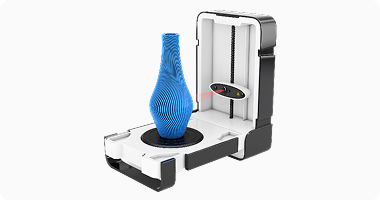
Bioburden testing measures microbial load before sterilization. This helps prevent contamination and ensures a clean, controlled research environment.
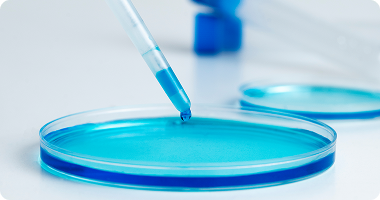
We perform LAL testing to detect bacterial endotoxins. This safeguards research integrity by eliminating substances that can trigger immune responses.
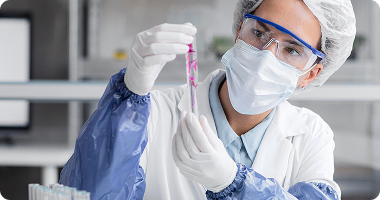
Using ICP-MS, we screen for heavy metals like lead and mercury. This ensures our compounds are free from toxic elements and meet safety standards.
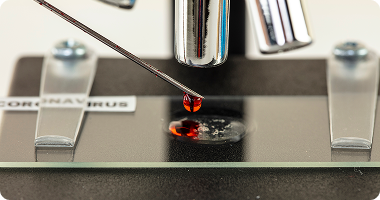
Each vial is visually inspected for cake quality, color, and seal integrity. This first-line check ensures physical stability and product consistency.
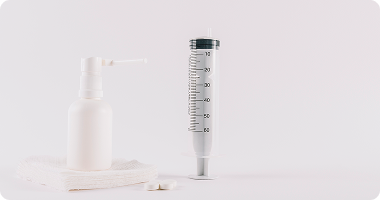
We test each peptide’s solubility in suitable solvents. A smooth, complete dissolve confirms stability, purity, and ease of use in research.
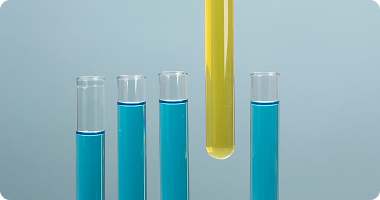
We use High-Performance Liquid Chromatography (HPLC) to ensure purity levels of 99% or higher. This detects impurities and confirms only high-quality peptides reach your lab.

Mass Spectrometry (MS) verifies the molecular weight and structure of each compound. This ensures the product exactly matches its intended identity.

Using ICP-MS, we screen for heavy metals like lead and mercury. This ensures our compounds are free from toxic elements and meet safety standards.

We use High-Performance Liquid Chromatography (HPLC) to ensure purity levels of 99% or higher. This detects impurities and confirms only high-quality peptides reach your lab.

Mass Spectrometry (MS) verifies the molecular weight and structure of each compound. This ensures the product exactly matches its intended identity.

Using ICP-MS, we screen for heavy metals like lead and mercury. This ensures our compounds are free from toxic elements and meet safety standards.

We use High-Performance Liquid Chromatography (HPLC) to ensure purity levels of 99% or higher. This detects impurities and confirms only high-quality peptides reach your lab.

Mass Spectrometry (MS) verifies the molecular weight and structure of each compound. This ensures the product exactly matches its intended identity.

Using ICP-MS, we screen for heavy metals like lead and mercury. This ensures our compounds are free from toxic elements and meet safety standards.

We use High-Performance Liquid Chromatography (HPLC) to ensure purity levels of 99% or higher. This detects impurities and confirms only high-quality peptides reach your lab.

Mass Spectrometry (MS) verifies the molecular weight and structure of each compound. This ensures the product exactly matches its intended identity.





We test each peptide’s solubility in suitable solvents. A smooth, complete dissolve confirms stability, purity, and ease of use in research.

When a product is labeled RUO (Research Use Only) or "For Research Use Only," it is strictly intended for laboratory research, in vitro testing, or scientific investigation and not for human, veterinary, or clinical use. These products lack FDA or regulatory approval for medical applications, are not manufactured under GMP standards, and do not meet safety or sterility requirements for human consumption. Researchers must ensure compliance with legal, institutional, and ethical guidelines, as misuse may violate regulations. Suppliers disclaim liability for off-label use; proper handling, storage, and disposal are essential.
Our quality control testing is explicitly mentioned on product landing pages and our quality page
No, RUO (Research Use Only) products are not intended for human consumption. They are strictly for laboratory research, in vitro studies, and scientific investigations, and they lack FDA or regulatory approval for medical, dietary, or therapeutic use. RUO products may not meet pharmaceutical-grade safety, sterility, or Good Manufacturing Practice (GMP) standards, meaning their purity, potency, and potential side effects are not evaluated for human administration. Using RUO substances outside of research settings may violate laws, pose health risks, and result in legal consequences. End users (researchers) ensure proper handling, compliance, and ethical use within regulatory guidelines.
Our quality control testing is explicitly mentioned on product landing pages and our quality page
Yes, we do. It is common for Research Use Only (RUO) products to include a Certificate of Analysis (COA). A COA is an official document the vendor provides that confirms a product's identity, purity, and quality based on laboratory testing. It typically includes chemical composition, batch number, purity percentage, contaminant levels, and testing methods (e.g., HPLC, Mass Spectrometry, or NMR analysis). While a COA helps verify the authenticity and quality of RUO products, it does not indicate FDA or regulatory approval for human consumption or clinical use. Researchers should always request a COA to ensure quality control and reproducibility in scientific studies.
Our products undergo rigorous testing at multiple stages, including third-party testing, to ensure purity, potency, and consistency. Every single one of our products goes through a three-stage testing system that includes in-process quality control testing, third-party laboratory testing, and final batch
testing. After final batch testing, a Certificate of Analysis (COA) is provided, detailing purity percentage, batch number, testing methodology, and analytical results.
Verifying the purity of our peptides and SARMs involves multiple analytical techniques to ensure the identity concentration and absence of contaminants. These techniques include dissolution testing and visual observation, high performance liquid chromatography (HPLC), mass spectrometry (MS), and UV-Vis spectrophotometry.
Researchers can confirm compound purity, detect degradation, and ensure reproducibility in scientific studies by combining these analytical techniques. High purity products should exhibit obvious dissolution, a single HPLC peak, the correct molecular weight in MS, and expected spectrophotometric properties, ensuring they meet research-grade standards.
When handling peptides and SARMs labeled as Research Use Only (RUO), proper storage, PPE, aseptic handling, and disposal are essential for safety and compliance. Peptides should be stored at -20°C in lyophilized form and reconstituted with sterile solutions, while SARMs should be kept in a cool, dry place.
Always wear gloves, lab coats, and goggles, and work in a clean, designated space to prevent cross contamination. Label all vials clearly, document handling procedures, and follow hazardous waste disposal regulations. RUO compounds must not be used for human consumption, and all research must comply with institutional, legal, and ethical guidelines to ensure experimental integrity and regulatory adherence.
When using peptides and SARMs in animal studies (e.g., mice), additional precautions must be taken to ensure accurate dosing, ethical treatment, and regulatory compliance. Researchers should determine the appropriate dosage based on animal weight, metabolism, and route of administration (e.g., oral gavage, subcutaneous, or intraperitoneal injection).
Sterile techniques should be used when preparing and administering compounds to prevent infections or adverse reactions. Housing conditions, diet, and monitoring protocols should be standardized to minimize external variables.
Researchers must adhere to Institutional Animal Care and Use Committee (IACUC) guidelines or equivalent regulations to ensure ethical treatment and humane endpoints.
Careful observation and documentation of behavioral, physiological, and metabolic changes are necessary to assess compound effects while minimizing animal distress. Proper euthanasia and disposal protocols should be followed per regulatory standards, ensuring scientific validity and ethical responsibility in RUO animal studies.